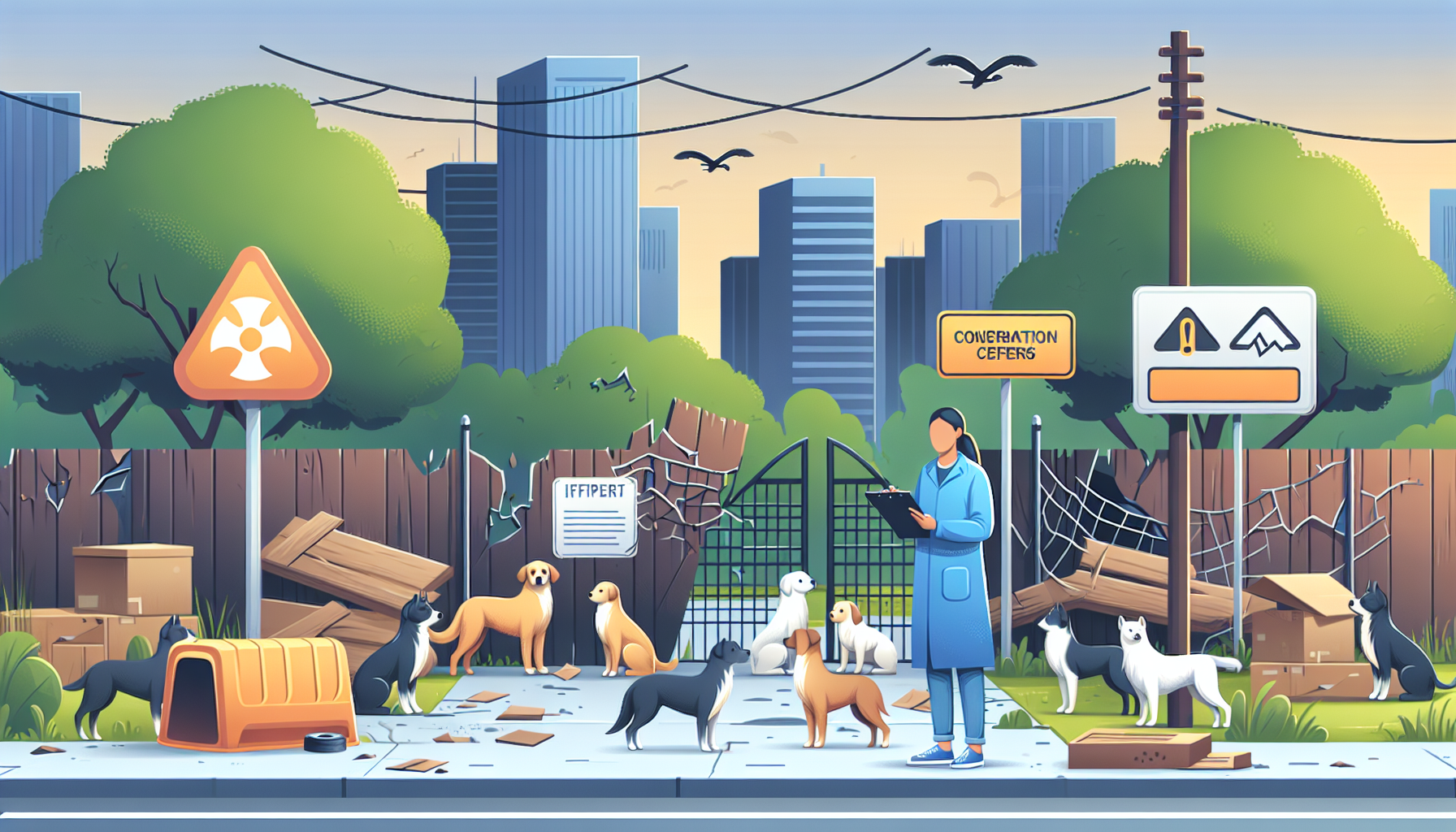- Empty cart.
- Continue Shopping
Tragic Dog Attack Highlights Stray Animal Management Issues – Stray dog attack

Stray dog attack –
Tragic Dog Attack Highlights Stray Animal Management Issues
In a harrowing incident that has shaken the residents of Fatehabad, an 8-month-old girl was mauled to death by a stray dog, shedding light on the urgent need for effective stray animal management systems. This tragedy has not only left a family devastated but has also reignited the debate on the increasing menace of stray dog attacks in urban and semi-urban areas.
The Incident: A Community in Mourning
The peaceful town of Fatehabad was rocked by the tragic event when a stray dog attack claimed the life of a young infant. The family, who were momentarily distracted during their daily routine, now faces an irreplaceable loss. This heart-wrenching incident serves as a stark reminder of the vulnerabilities posed by unchecked stray animal populations.
Immediate Community Response
The grief-stricken community gathered to console the affected family, raising serious questions about the safety and well-being of children and adults alike. Residents swiftly organized a meeting with local authorities, demanding swift action to prevent further tragedies.
- Community leaders engaged with officials for immediate assessment of stray dog populations.
- Calls for increased funding for animal birth control programs were made.
- Local animal welfare organizations pledged support and resources.
Understanding the Stray Dog Problem
The issue of stray dogs is not exclusive to Fatehabad. Across many regions in India, the lack of effective mechanisms for managing stray animal populations has contributed to a rising number of incidents. Understanding the root causes is crucial to developing sustainable solutions.
Contributing Factors to Stray Dog Population Growth
Several factors contribute to the burgeoning stray dog numbers in India:
- Lack of adequate and widespread animal birth control programs.
- Poor waste management practices leading to abundant food sources for stray animals.
- Insufficient community awareness and engagement in sterilization programs.
- Limited resources for animal shelters and welfare organizations.
Legal and Ethical Considerations
The ethical treatment of animals is a significant consideration in formulating policies to tackle the stray dog problem. While addressing safety concerns is imperative, it should be balanced by humane treatment of animals.
Current Legislation and Its Effectiveness
In India, the Prevention of Cruelty to Animals Act, 1960, alongside other guidelines, governs the treatment of stray animals. However, the effectiveness of these laws in controlling stray dog populations has been questioned due to various challenges:
- Insufficient enforcement and compliance with animal birth control (ABC) guidelines.
- Lack of community support for implementation due to limited awareness.
- Inadequate infrastructure and funding for large-scale ABC initiatives.
Exploring Solutions: Collaborative Approaches
Addressing the issue of stray dog attacks requires a multi-faceted approach involving collaboration between government agencies, animal welfare organizations, and local communities.
Government Initiatives and Support
Governments at various levels can play a critical role through policy development and resource allocation. Key initiatives could include:
- Increasing budget allocations for animal control and welfare programs.
- Establishing partnerships with NGOs and animal activists for effective implementation of sterilization drives.
- Mandating periodic reviews of municipal waste management systems to reduce food sources for strays.
Community Engagement and Education
Active community participation is essential for the success of any policy aimed at controlling stray dog populations. Educational campaigns can foster greater understanding and support for such initiatives:
- Organizing workshops to educate residents about the importance of ABC programs.
- Promoting responsible pet ownership to prevent abandonment.
- Encouraging reporting of stray dog menace incidents for timely action.
Leveraging Technology
The use of technology in animal welfare has shown promising results. Solutions could include:
- Utilizing mobile applications for reporting and tracking stray dog populations.
- Implementing big data analytics to monitor and predict areas with high stray dog densities.
- Establishing an online platform for community members to engage with authorities and welfare groups efficiently.
Cultural and Social Perspectives
Addressing stray dog attacks goes beyond legislative and logistical solutions; understanding socio-cultural perspectives is equally critical. Dogs have long held cultural significance in Indian society, and navigating these beliefs requires sensitivity and thoughtful communication.
Respecting Cultural Beliefs
In many communities, dogs are revered, making it important to respect these beliefs while enforcing safety measures. Collaborative efforts should aim to bridge any cultural gaps through:
- Engaging community leaders in decision-making processes.
- Respectfully incorporating traditional beliefs into modern animal welfare practices.
- Highlighting cases where humane practices have successfully decreased incidents.
Crisis Management and Preparedness
Preparing for unexpected events like stray dog attacks involves effective crisis management strategies that can be quickly implemented when needed.
Developing Crisis Management Protocols
Local governments and community organizations should work together to create comprehensive crisis management protocols:
- Training emergency response teams to deal with animal-related incidents effectively.
- Establishing communication channels for timely dissemination of information to the public.
- Conducting regular drills to ensure community readiness during emergencies.
Looking Toward the Future
The tragic incident in Fatehabad is a solemn reminder of the immediate and long-term actions needed to address the issue of stray dog attacks. Building a future where humans and animals can coexist safely requires compassion, understanding, and collaboration at every level of society.
Through committed efforts, proactive policy-making, and the engagement of communities, the threat posed by stray animals can be effectively mitigated, preventing further tragedies and ensuring a safer environment for all.
Unleash the Savings: Incredible Pet Accessory Deals on Amazon!
Watch funny and cute dog videos!
Disclaimer: All images featured on this website are either sourced from free-to-use platforms, created by us, or used with permission. If you believe an image on this site violates copyright or your rights, please contact us, and we will address the issue promptly.

















